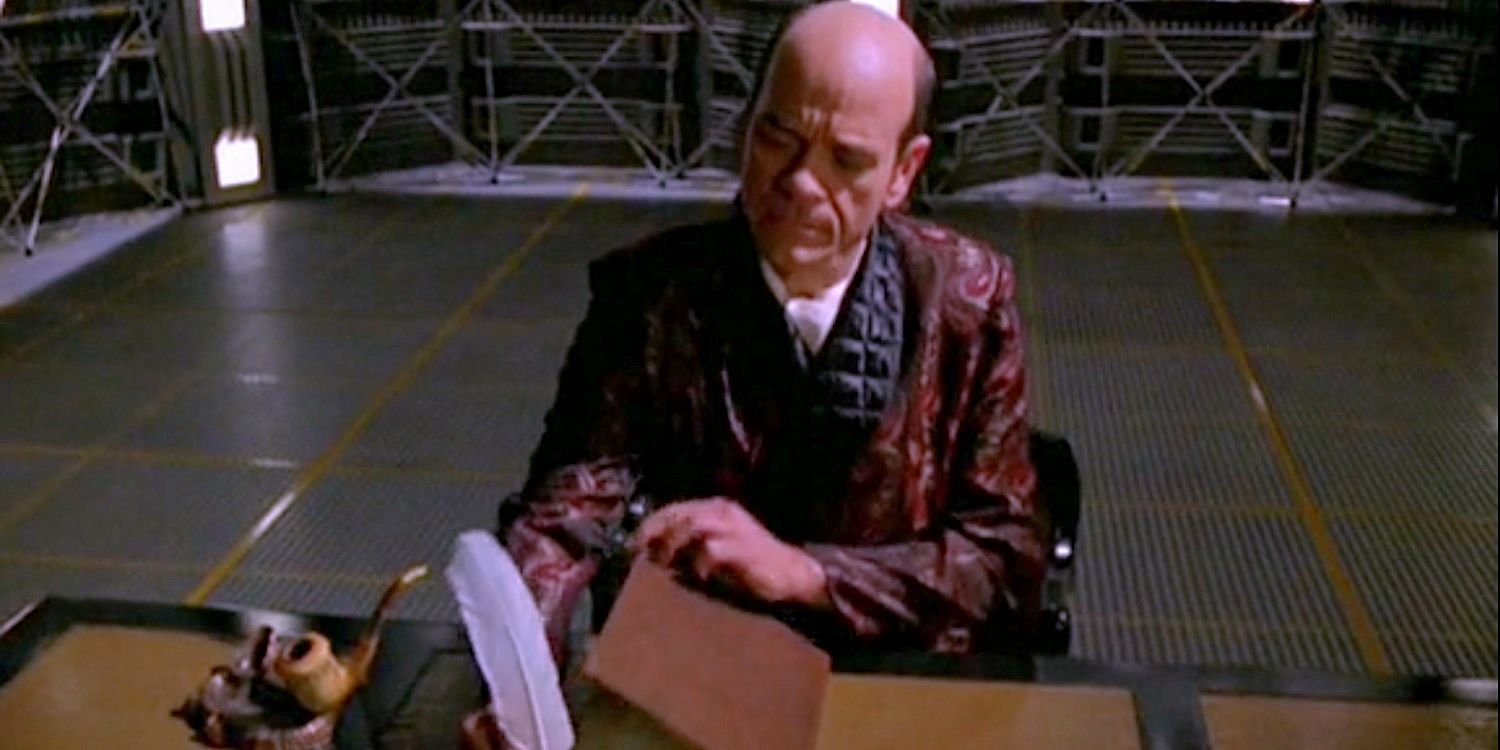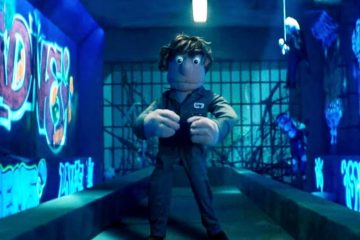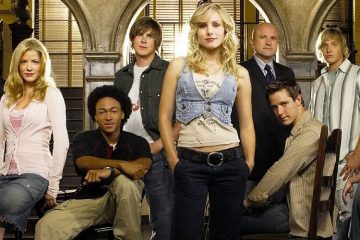One of the reasons Star Trek has endured for nearly six decades is because the franchise is almost always ahead of its time. Today a debate about Artificial Intelligence and its relationship to creating “art” is a huge issue, including at the heart of the WGA and SAG-AFTRA strikes. However, over 20 years ago, Star Trek: Voyager predicted the AI controversy with its Season 7 episode, “Author, Author” in which the Doctor, an artificial being, writes a holonovel.Star Trek has always been prescient. The third season of Enterprise, for example, was written and filmed barely two years after the September 11, 2001 attacks on the United States. The story about the war the NX-01 Enterprise undertook predicted real-world events, such as the use of “enhanced interrogation” i.e., torture. The Doctor’s character and this issue has many surface-level corollaries to the modern AI debate. SAG-AFTRA objects to the studios’ desire for actors to sign away their likeness rights, allowing “holographic” versions of actors to appear in the background of movies and show with no additional compensation. Similarly, AI language models have been developed that can generate text, meaning it could (only technically) “write a book.” The episode closes with an examination of whether or not the Doctor can be an artist, and the answer lays bare why AI as it is today cannot truly make art.Before getting into how the Doctor is far different from the kind of AI technology used today, there are elements of his experience that do mirror it. The most evident problem is the Doctor’s work lacks a clear, human understanding of how his story would be received. Actor Robert Picardo, whose own in-character novel The Hologram’s Handbook may have inspired the episode, noted this discrepancy. He found it hard to believe the Doctor wouldn’t understand why the USS Voyager crew was mad at his roman á clef, according to The Delta Flyers podcast. In his book, Let Photons Be Free, the wicked human characters are all clearly designed after his own crewmates.RELATED: Why Star Trek Makes Humanity More Prominent Than Aliens
One of the reasons Star Trek has endured for nearly six decades is because the franchise is almost always ahead of its time. Today a debate about Artificial Intelligence and its relationship to creating “art” is a huge issue, including at the heart of the WGA and SAG-AFTRA strikes. However, over 20 years ago, Star Trek: Voyager predicted the AI controversy with its Season 7 episode, “Author, Author” in which the Doctor, an artificial being, writes a holonovel.
Star Trek has always been prescient. The third season of Enterprise, for example, was written and filmed barely two years after the September 11, 2001 attacks on the United States. The story about the war the NX-01 Enterprise undertook predicted real-world events, such as the use of “enhanced interrogation” i.e., torture. The Doctor’s character and this issue has many surface-level corollaries to the modern AI debate. SAG-AFTRA objects to the studios’ desire for actors to sign away their likeness rights, allowing “holographic” versions of actors to appear in the background of movies and show with no additional compensation. Similarly, AI language models have been developed that can generate text, meaning it could (only technically) “write a book.” The episode closes with an examination of whether or not the Doctor can be an artist, and the answer lays bare why AI as it is today cannot truly make art.
Before getting into how the Doctor is far different from the kind of AI technology used today, there are elements of his experience that do mirror it. The most evident problem is the Doctor’s work lacks a clear, human understanding of how his story would be received. Actor Robert Picardo, whose own in-character novel The Hologram’s Handbook may have inspired the episode, noted this discrepancy. He found it hard to believe the Doctor wouldn’t understand why the USS Voyager crew was mad at his roman á clef, according to The Delta Flyers podcast. In his book, Let Photons Be Free, the wicked human characters are all clearly designed after his own crewmates.
#Star #Trek #Voyager #Predicted #Debate #Clever #Twist
Note:- (Not all news on the site expresses the point of view of the site, but we transmit this news automatically and translate it through programmatic technology on the site and not from a human editor. The content is auto-generated from a syndicated feed.))



